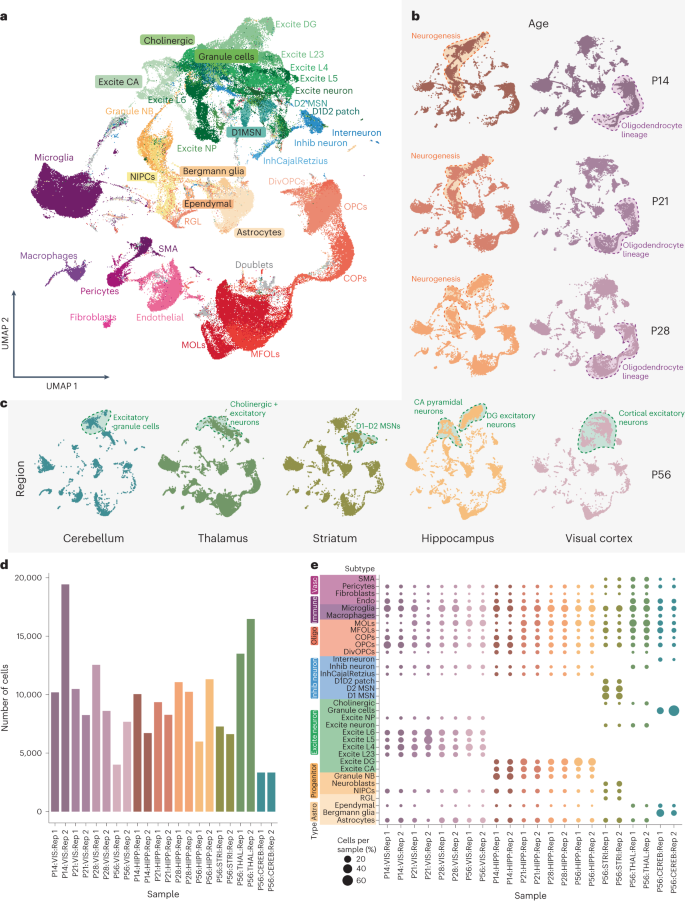2024-04-09 スウェーデン王立工科大学(KTH)

The device creates a filtered airflow in front of the user’s face, reducing the concentration of viruses in the air and therefore the risk of infection. (Photo: KTH)
<関連情報>
- https://www.kth.se/en/om/nyheter/centrala-nyheter/osynligt-andningsskydd-minskar-risken-for-luftburen-virusoverforing-1.1328573
- https://pubs.aip.org/aip/pof/article-abstract/36/2/023352/3267289/Direct-numerical-simulations-of-a-novel-device-to
空気感染ウイルスと闘う新デバイスの直接数値シミュレーション
Direct numerical simulations of a novel device to fight airborne virus transmission
J. A. Martin;M. E. Rosti;S. Le Clainche;R. Navarro;R. Vinuesa
Physics of Fluids Published:February 26 2024
DOI:https://doi.org/10.1063/5.0187736
The SARS-CoV-2 (COVID-19) pandemic has highlighted the crucial role of preventive measures in avoiding the spread of disease and understanding the transmission of airborne viruses in indoor spaces. This study focuses on a novel personal protective equipment consisting of a fan-peaked cap that creates a jet flow of air in front of the individual’s face to reduce the concentration of airborne viruses and decrease the risk of infection transmission. Direct numerical simulation is used to analyze the effectiveness of the device under certain conditions, such as the velocity of the airflow, flow orientation, ambient conditions, and geometrical factors.


